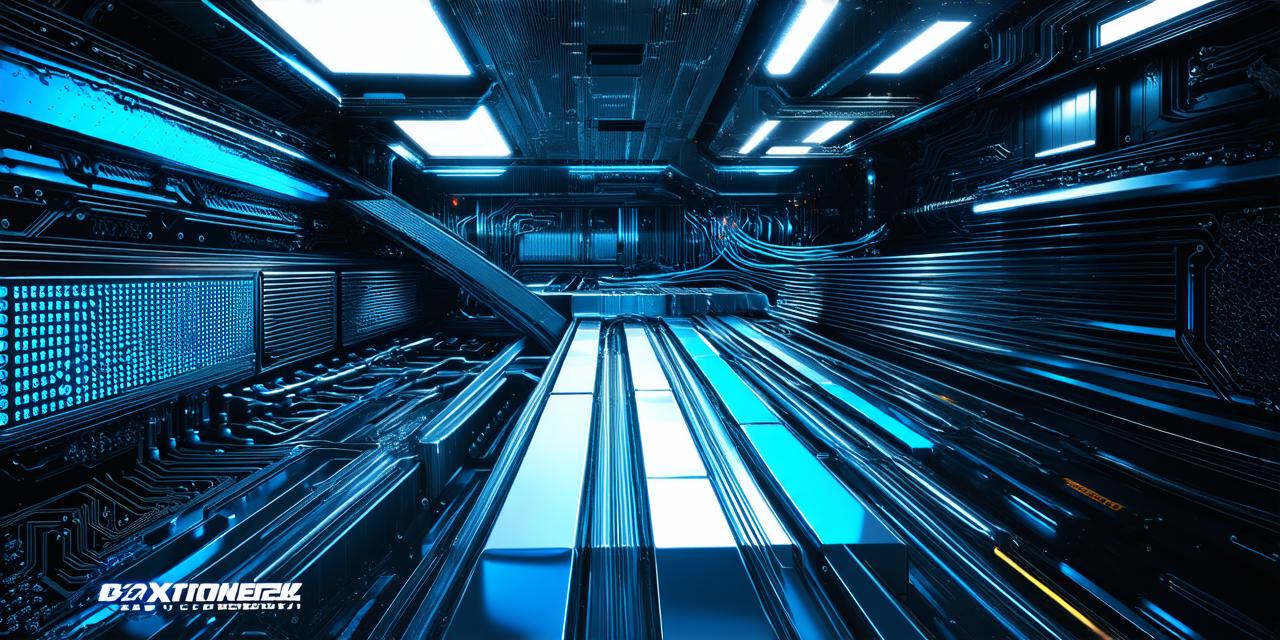Introduction:
Virtual reality (VR) technology has been rapidly advancing in recent years, with applications ranging from gaming to healthcare and education. As VR continues to grow in popularity, many developers are interested in creating their own virtual experiences. However, the process of developing a VR application can be complex and time-consuming, requiring specialized knowledge and tools.
Conceptualization:
The first step in virtual reality development is conceptualization, which involves brainstorming ideas for the experience and determining its goals and objectives. This stage requires a deep understanding of the target audience and their needs and preferences.
Developers must also consider the technical limitations of the VR platform and hardware they will be using.
Design:
Once the conceptualization stage is complete, the design phase begins. This involves creating a detailed blueprint for the virtual environment, including 3D models, textures, and lighting. The design process requires a balance between aesthetics and functionality, as the VR environment must be both visually appealing and easy to navigate.
There are several key elements to consider during the design phase, including:
- User interface (UI): The UI is the way users interact with the virtual environment, and it should be intuitive and easy to use. This includes designing controls for movement, interaction, and input.
- Environment: The VR environment should be designed to reflect the real world as closely as possible, with realistic textures and lighting that create a sense of immersion.
- Motion sickness prevention: VR can cause motion sickness in some users, so it is important to design the environment and user interface in a way that minimizes these effects. This may include using smooth transitions and avoiding sudden movements.
Development:
The development stage involves coding the VR application, integrating the various elements of the design, and testing the final product. This can be a complex process, requiring specialized knowledge of programming languages such as Unity or Unreal Engine.
During the development phase, it is important to stay flexible and open to feedback from users and stakeholders. This may involve making changes to the UI, environment, or other elements based on user testing and feedback.
Testing:
Once the VR application has been developed, it must be thoroughly tested to ensure that it functions as intended and provides a positive user experience. This includes both technical testing (such as checking for bugs and performance issues) and user testing (which involves gathering feedback from real users).
User testing is particularly important in VR development, as the technology is still relatively new and there may be unique challenges to designing and implementing a virtual environment. Developers must also consider accessibility issues, such as ensuring that the VR experience is usable by individuals with disabilities.
Deployment:
The final stage of VR development is deployment, which involves releasing the application to users and stakeholders. This may involve distributing the VR application through app stores or other channels, as well as providing support and maintenance for the product.
In addition to technical considerations, developers must also consider marketing and promotion strategies for their VR application. This may include creating a buzz around the release date, leveraging social media and other online channels to reach potential users, and partnering with influencers or other stakeholders to generate interest in the product.
FAQs:
Q: What kind of skills are needed to develop a VR application?
Developing a VR application requires specialized knowledge of programming languages such as Unity or Unreal Engine, as well as experience with 3D modeling and design. It also requires an understanding of the VR platform and hardware being used, as well as a strong attention to detail and a commitment to testing and iteration.
Q: How long does it take to develop a VR application?
The time it takes to develop a VR application can vary widely depending on the complexity of the project, the experience and skill level of the development team, and other factors such as hardware constraints and software compatibility issues. However, even small-scale VR projects can take several months to complete.
Q: What are some common challenges in developing a VR application?
Some common challenges in VR development include motion sickness prevention, creating a compelling narrative that immerses the user, and designing an intuitive UI that is easy to use. In addition, developers must also consider technical limitations such as hardware constraints and software compatibility issues.
Conclusion:
Virtual reality technology has enormous potential for a wide range of applications, from gaming to healthcare and education. However, developing a VR application requires specialized knowledge and skills, as well as a deep understanding of the target audience and their needs and preferences. By following the stages outlined in this guide, developers can create engaging and immersive virtual experiences that resonate with users and provide a positive experience. With continued advancements in VR technology and growing demand for virtual experiences, the future of VR development is bright, and there are many exciting opportunities for those who are willing to take on the challenge.
